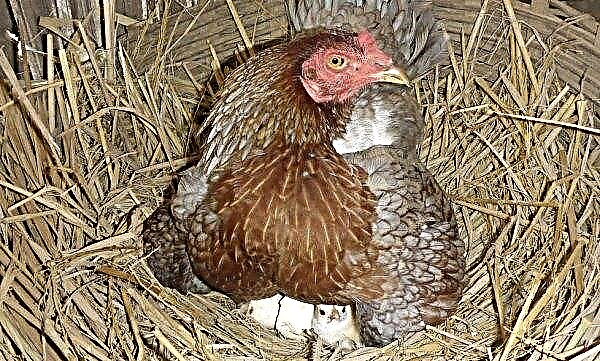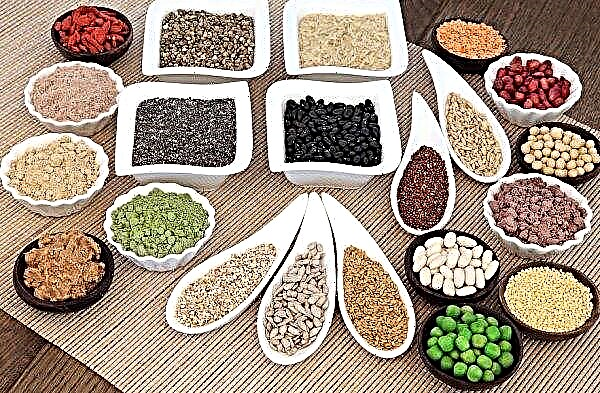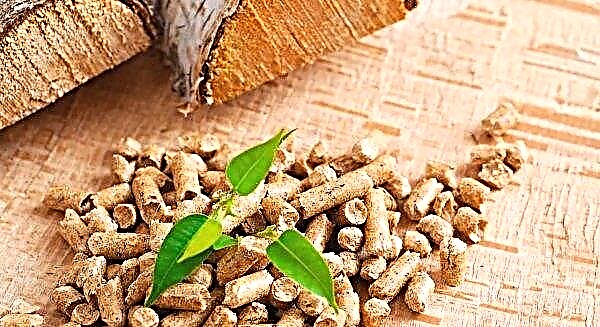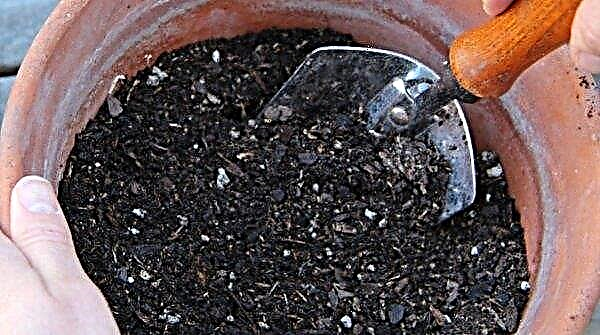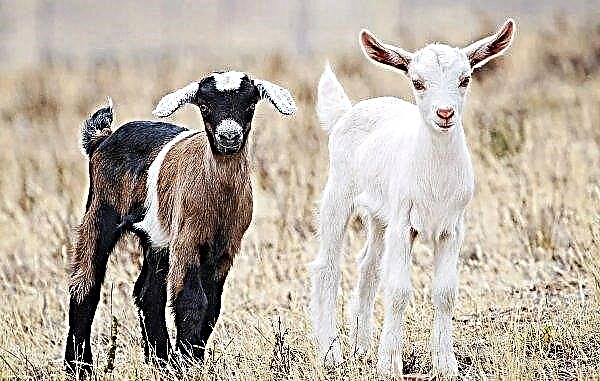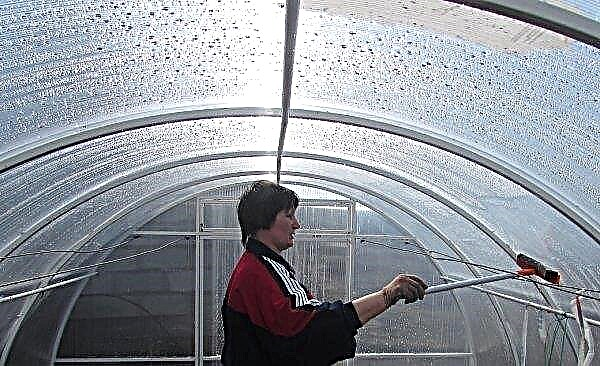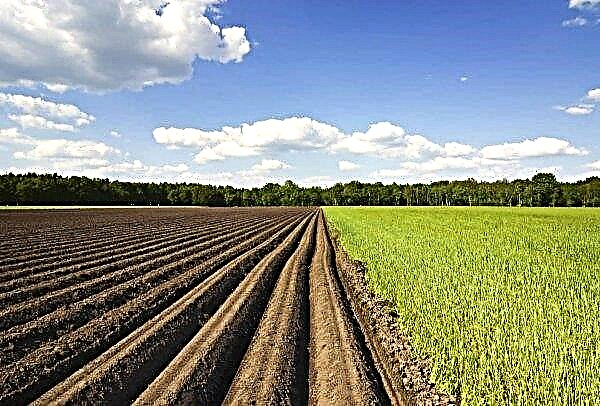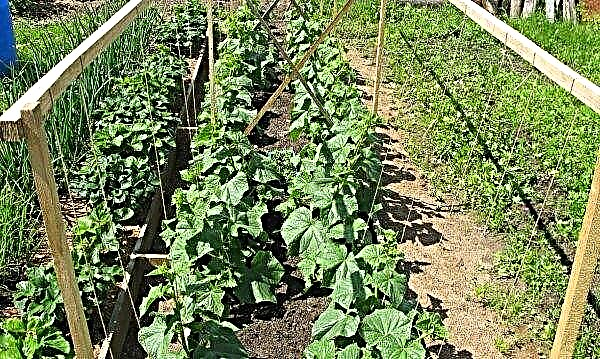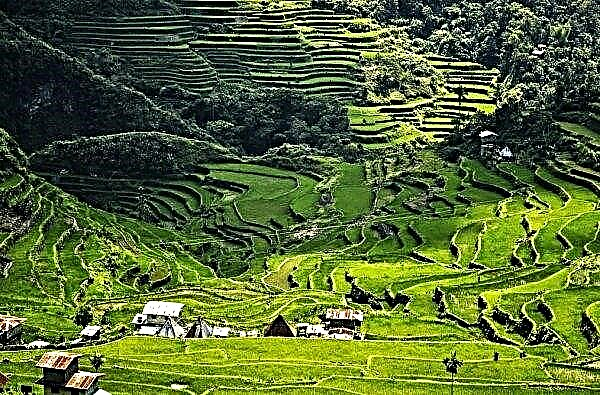An even green canvas of a well-kept lawn captures the eye and gives aesthetic pleasure. Not everyone succeeds in achieving the desired result: the lawn often loses its effectiveness due to improper care. In order not only to keep the original attractiveness of a rolled lawn grown by professionals, but also to make it denser and brighter, you need to know a few nuances.
How often to water
Proper watering is the main condition for survival and further development of a healthy roll cover for the lawn. The time interval between laying and watering should not exceed one hour in hot weather and no more than two hours on a cool, cloudy day. If the work area is large, watering can be carried out in parallel with ongoing installation. Properly watered coating should be abundantly and evenly moistened over the entire area, without bald spots. Water consumption is approximately equal to 20-30 liters per square meter.
Water consumption is approximately equal to 20-30 liters per square meter.
Lawn areas located in more sunny places require special attention. Insufficiently watered grass can get a severe sunburn, which will significantly spoil the aesthetic appearance of the coating, and restoration or replacement will require both time and additional funds.
The irrigation scheme in the first month after installation looks like this:
- The first seven days. Watering is carried out every day. The basic rule of moistening is a constant time of day for the work: morning, evening or night. Watering under the scorching sun has a detrimental effect. A well-moistened coating by the end of the first week will delight the appearance of a fresh root system. It is also important not to overfill, with moderate watering, the soil under the rolled canvas should be slightly moistened.
- After two weeks. Watering is carried out 3-4 times a week. In dry hot weather, additional humidification without overflow is permissible.
- Third week. Not more than four times. Fertilizing with complex mineral fertilizers is added.
- A month after laying. The lawn is fully operational, requires moderate watering as the coating dries.
 In dry summer weather, particular attention should be paid to wetting the coating.
In dry summer weather, particular attention should be paid to wetting the coating.To preserve juicy greens, you should adhere to some rules:
- humidification should be carried out only after the turf has completely dried;
- water in the morning, evening or night;
- watering is considered sufficient when the soil of the lawn is saturated with moisture to a depth of 10 to 15 cm;
- be sure to follow the regime (in summer, watering is done regularly every three to five days);
- avoid overflows that provoke the development of fungal diseases;
- The best way to humidify in the summer is the installation of stationary sprinklers.

In the spring season, watering will not cause much trouble. Humidification takes place naturally, if March-April is still cold, and the snow cap has remained on the surface of the lawn, it is necessary to evenly distribute the snow over the entire coverage area. The formation of puddles in separate areas is unacceptable. Good drainage provided during installation will save you from excessive waterlogging.
Depending on when the rolled lawn was laid, spring watering may differ:
- if it is only a laid lawn, then you should adhere to the basic scheme for a month;
- if the rolled lawn was laid in the fall, you need to focus on weather conditions, and then adhere to the general rules. Moisturizing the turf is especially important before applying complex dressing.

A haircut
An aesthetically pleasing, smooth, green web can never be achieved without proper lawn mowing. Regular mowing prevents excessive evaporation of moisture from the roots of the grass, and also prevents the growth of weeds.
Especially important is the care of only the laid-up roll cover:
- The first haircut is performed on the 7-8th day after styling. In a week, the grass should let out a new shoot and take root well in a new place.
- The second haircut is already on the 14-20th day. The more often subsequent work will be carried out, the denser and smoother the canvas will be.

Before starting a haircut, you should familiarize yourself with the basic rules of care:
- Work is carried out only in dry weather, cutting after rain or watering is unacceptable (ugly furrows will remain on the canvas because of the wet soil).
- Mowing can not be carried out in hot hot weather, the vegetable web will receive additional stress after trimming.
- You can cut with hand scissors, a scythe, trimmer, but the best result can be achieved by applying a cylindrical lawn mower.
- It is important to observe the haircut order: first, shear in a strip from two opposite sides, and then make a penetration perpendicular to the produced stripes.
- Each subsequent haircut should be carried out in the direction perpendicular to the previous one.
- All mowed blades of grass should be removed from the lawn; if the mower does not cope, they are removed using a rake.
- Abundant watering and the application of mineral fertilizers after the procedure are required, this will help speed up the recovery process after stress.

Fertilizing and fertilizers
Lawn grass should be systematically fed, as the cereal grasses that make up the mixture are fast-growing crops. Useful substances for growth and development accumulate in the stems and leaves of plants, but frequent haircuts significantly reduce their supply. The first application of mineral fertilizers is carried out seven days after laying the lawn. The main mineral substances required for the full development of the green canvas are phosphorus, nitrogen and potassium.
Did you know? The first cylindrical lawn mower was invented in 1830 by Edwin Budding, a textile mill worker. The mechanism was a modified unit for trimming the edges of fabric rolls.
Phosphorus. Promotes the rapid development of the root system, which significantly increases the survival rate of the newly laid canvas. The introduction of phosphorus-containing compounds stimulates the active tillering of cereal crops. The substance is also responsible for the energy metabolism in plants, the accumulation of nutrients that help to successfully transfer the cold season. Phosphorus is part of complex mineral fertilizers, as well as simple and double superphosphates.
Potassium. Helps to develop a stable immunity against diseases, overcome adverse weather conditions.
The substance is contained in the following preparations:
- potassium chloride;
- potassium salt;
- potassium sulfate;
- magnesium sulfate.

Nitrogen. Responsible for the active development of green mass. Promotes active growth, makes the color more saturated.
The highest nitrogen content in the following fertilizers:
- sodium nitrate;
- calcium nitrate;
- ammonium sulfate;
- ammonium chloride;
- ammonium nitrate;
- urea.

Spring dressing.As soon as a stable positive air temperature is established, and the snow cover has left the canvas, you can start feeding. In the spring, nitrogen fertilizers are recommended. The substance helps the grass cover recover faster and contributes to its active renewal and growth. For a milder effect on plants weakened during the cold period, liquid preparations in a mild chelating form should be chosen. This will significantly accelerate the restoration of green mass.
Fertilizer in the fall.Autumn top dressing involves preparing the canvas for wintering. The last time fertilizers are applied at the end of October, before the first frost. In this period make complex phosphorus-potassium preparations with a small percentage of nitrogen.
This kind of care allows you to:
- make the stems of plants more dense and resistant to adverse weather factors;
- develop a stable immunity to many fungal and other diseases;
- prevent early aging and the death of herbs;
- enrich plants with macro- and microelements at the beginning of the active spring.

Summer top dressing.Summer is a season of active growth and development of plants. It is advisable to use rich compounds that would contain nitrogen, phosphorus and potassium in a balanced manner. Thanks to such top dressing, the plant will harmoniously develop both green ground mass and a strong root system.
Important! The introduction of mineral dressings requires the use of personal protective equipment in the form of a protective mask, gloves and special clothing.
Fertilizer application methods:
Scarification
Over time, vegetation loses its attractiveness. Despite repeated haircuts, top dressing and combing with a rake, the remains of dead plants accumulate on the surface, making the lawn look very unsightly. Scarification is a way to clean the lawn of moss and straw, thereby ensuring the flow of air and light to the lower parts of plants. Thanks to this care, the fertilizers applied are more efficiently distributed on the surface and more quickly reach the root system of cereals.
Scarification is recommended no more than twice a year:
- in the fall, contributing to the formation of a dense turf, increasing the density of the coating;
- in early spring, preventing the growth of moss and decay after a warm winter.

In order to correctly make a scarification, it is necessary to make vertical incisions along a dense layer of turf.. The greatest result can be achieved if the incisions are made in turn: one line of incision along, the next across.
Preparing the lawn for the procedure involves several stages:
- lawn mowing (grass height should not exceed three centimeters);
- watering the canvas;
- thorough combing with a rake.

In order to carry out scarification, it is necessary to make longitudinal cuts on the grass sheet along the compacted turf layer.
There are several types of devices that perfectly cope with the task:
- powerful gasoline units capable of processing large areas;
- electric for home use;
- homemade mechanical;
- nozzles for shoes.
 An important criterion that determines the quality of work is the depth of cut of turf, which can be obtained by working with expensive gasoline and electric devices.
An important criterion that determines the quality of work is the depth of cut of turf, which can be obtained by working with expensive gasoline and electric devices.Weed removal
Weed grasses not only spoil the attractiveness of the lawn, but also can lead to the inevitable degeneration of the coating.
Weeds have a detrimental effect on herbs for several reasons:
- consume nutrients and moisture from the soil;
- lead to the development of fungal diseases;
- provoke the appearance of harmful insects.

If you do not take care and do not give proper attention, do not timely eliminate weeds that weaken the plants, over time bald spots in the form of weakened plants will appear, the treatment of which will require a lot of time.
There are several reasons for weeds to appear on the lawn, among them:
- insufficiently careful preparation of the area before laying the lawn;
- untidy, neglected condition;
- improper selection of a mixture of lawn grasses.
Important! When using herbicides, it is very important to adhere to the recommendations of the drug manufacturers in order to avoid overdose, which can lead to the death of grass cover.
Weed control methods:
- chemical. In cases of significant seeding of weeds, the use of selective herbicides is most effective. The drug is diluted in accordance with the instructions and sprayed at the sites of greatest clogging. Work should be carried out in dry weather. Watering is postponed for a day;
- mechanical. It is not only more effective, but also quite time consuming. It is carried out manually, using a chopper and root eliminator. Cleaning should be carried out on a moderately moist lawn after watering or rain.

Most weeds can be eradicated by frequent mowing the lawn, but there are others to work on.
The most dangerous weeds that can cause significant damage to the green lawn include:
- Wheatgrass. The most difficult to remove, which is similar in type to lawn grasses. It features a powerful root system that can spread a meter away from the mother plant. Wheatgrass is removed mechanically, trying to extract young and old roots from the soil. Even a small missing fragment of the root system can give life to new powerful plants. In cases of significant capture of the lawn area, the use of herbicides is possible. Use them with extreme caution, applying directly to the weed plant with a brush.
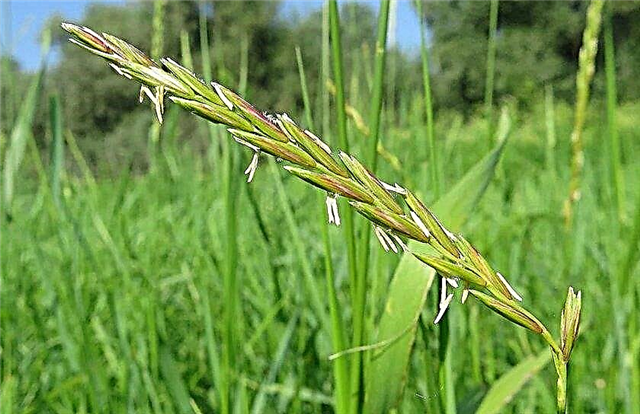
- Plantain. The most common weed that spoils the appearance of the coating. Most often appears in places of high humidity, on compacted soils. For the fight they use it as a mechanical method, using a root eliminator, or chemical, using local action herbicides.

- Dandelion. Most often, the plant can be found on young lawns. You can get rid of the weed by frequent mowing and mechanical weeding. As soon as young cereals are closed in a dense turf, plants sprouted from seeds will not be able to break through a dense layer, and the problem will be solved in a natural way.
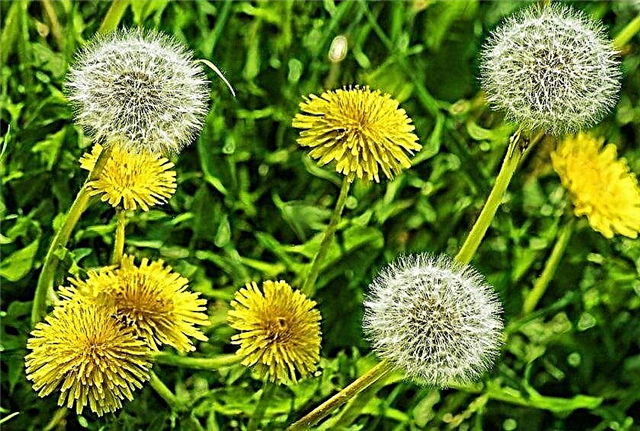
Aeration
This event is aimed at improving the structure of the soil, providing air flow, saturating the soil with oxygen. The caked soil cannot provide the proper penetration of moisture and nutrients to the roots of the plants, which leads to the appearance of bald spots, thickets of mosses, and the growth of green mass is stopped and the general growth rates of plants are reduced. In this state, the green coating is less resistant to diseases, it can hardly tolerate the cold season and stagnation of moisture.
The main objectives of the event:
- reduce soil density;
- give air to the roots of plants;
- ensure proper moisture penetration in the dry season;
- rid the soil of excess moisture and stagnation of water, which lead to rotting processes;
- improve the flow of mineral fertilizers to the lower layers of the soil.

Aeration is carried out by piercing the soil. The procedure is carried out once a year. If the lawn is designed for outdoor activities and has a large load, prone to trampling, then the work is carried out at least two to three times a year.
Work should begin if:
- the grass has a faded and sluggish appearance;
- yellowing spots are observed;
- the root system of plants is underdeveloped, has a length of not more than 5 cm;
- the turf is very dense and trampled.
Did you know? One of the most expensive grass coverings in the world is the Wimbledon tennis court in England. The court is covered with a roll of grass with grass, which is grown on a single farm located in Yorkshire, and the technology of growing the coating is kept a secret.
For aeration in small areas, ordinary pitchforks are used, which pierce the soil to a depth of 10 cm. You can also achieve a good effect, using special shoes - aeration sandalsthe sole of which is equipped with many hollow knives. For large lawns use verticulators equipped with an electric motor. Such units most effectively cope with the task.
Before starting work, a couple of days before the planned aeration, it is necessary to moisten the lawn well. The turf should be moist, but without excess water.With the help of a verticulator, stripes should be drawn along the coating, making an overlap of 4-5 centimeters. If the soil is too dense, it is necessary to go over the machine again. When making punctures a second time, it is necessary to change the angle of movement, heading perpendicular to the already done strips. After a few days, when the turf dries well, you need to even out and break the resulting seals with a rake, making the lawn surface smooth. In places of bald spots, it is recommended to seed the lawn mixture.
Winter care
In late autumn, a number of events are held that contribute to the best wintering of grass cover.
Caring for a lawn roll at this time includes:
- late aeration;
- lawn mowing up to 6-10 cm;
- the introduction of potassium phosphorus fertilizers;
- fungicide treatment (to avoid the occurrence of fungal diseases);
- unfolding of sulfur drafts and protectants from rodents;
- mulching;
- cleaning the lawn from leaves and other plant debris.

One of the most important care methods is to mulch the turf. Work is carried out until the first steady frost. Peat is evenly distributed with a layer of one centimeter over the entire coverage area. If the area is significant, you can prepare a mixture of peat and compost taken in equal parts. The composition is scattered on the surface and leveled.In winter, you should avoid walking on the lawn, and you should not throw off snow mountains from nearby paths. The trampled coating in the spring will look unsightly and practically cannot be restored.
The greatest damage to the green coating in winter is caused by temperature extremes, which lead to the formation of an ice crust on the surface of the lawn. Due to icing, not only does oxygen stop access to plants, but also the burning of grass. Under the influence of sunlight, ice acts on the principle of a magnifying glass and is able to burn plants. Most crops cannot be restored and die.
There are two ways to deal with ice crust:
- exposure to reagents that scatter along the surface of the coating, causing ice melting;
- mechanical failure consisting in piercing the surface of the ice.

Any of the proposed methods requires caution. Mechanical damage during crust destruction is less dangerous, but working with reagents requires strict adherence to dosing and the use of personal protective equipment. In fact, a few agricultural techniques that do not require special efforts and means are enough for the green canvas on the site to please the eye for more than one year.




